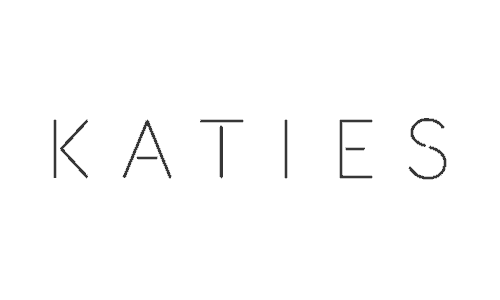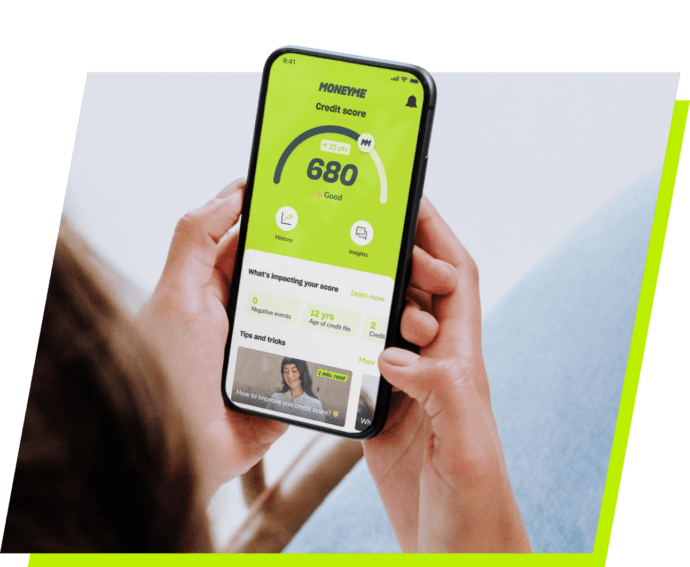Experimentation & AB Testing
Uncover the potential of experimentation and A/B testing in refining your website's user experience. Our services are crafted to optimise performance through rigorous experimentation, ensuring every element of your site contributes to your business goals.
Crafting Precision in Web Design through A/B Testing
Take a strategic leap where data-driven design meets technological prowess. We harness the power of A/B testing & personalisation to create websites that not only captivate but convert.
-
Website Design through Experimentation
Our design philosophy is centred around continuous improvement. By deploying A/B testing, we create websites that resonate deeply with your audience. Our iterative process refines user experience by testing different design elements, ensuring your website not only looks exceptional but performs optimally.
-
Iterative Web Development
We believe in evolution, not revolution. Our web development process incorporates A/B testing to incrementally enhance functionality and user experience. This method allows us to deliver robust, high-performing websites that are constantly evolving to meet user demands and business objectives.
-
Branding Consistency Meets Experimentation
Our approach to integrating A/B testing with branding ensures that every tweak and change is in harmony with your brand identity. By systematically testing design variations, we find the sweet spot that resonates with your audience and upholds your brand values.
-
Data-Driven E-Commerce Solutions
We apply A/B testing to e-commerce design, focusing on optimising conversion rates and enhancing shopping experiences. By experimenting with different layouts, navigation flows, and call-to-action placements, we create online stores that not only look great but drive sales.
Step 1: Discover
At Yoghurt Digital, our discovery phase is the cornerstone of successful experimentation. We dive deep into your business, learning every facet to understand your unique challenges and opportunities. By blending your business acumen with our analytical expertise, we identify key areas where experimentation can drive significant impact. This collaborative approach sets the stage for meaningful experiments that resonate with your audience and adhere to your brand’s ethos.
Step 2: Strategy
Strategy at Yoghurt Digital is where data transforms into direction. We take the insights gleaned from our discovery phase and, using robust user data, generate well-founded hypotheses for experimentation. Our strategies are not just educated guesses; they are blueprints for action, grounded in user behaviour and market trends. This data-centric approach ensures that every experiment is an opportunity for growth, tailored to your unique digital landscape.
Step 3: Creation
The creation stage at Yoghurt Digital is where hypotheses evolve into tangible experiments. Our team of designers and developers works hand-in-hand to visualise, craft, and refine each experiment, ensuring every variation is an embodiment of your brand. Reporting is integral to our process, providing transparency and insights into each experiment's performance. Through this phase, we not only aim to confirm or disprove our hypotheses but also to captivate and engage your audience.
Step 4: Measure with ROI
Upon the completion of each experiment, the measure phase is critical to understanding its success. At Yoghurt Digital, we conduct thorough analyses to gauge the effectiveness of each test, integrating ROI calculations to quantify success. This step is about connecting the dots between user interaction and business goals, ensuring that the learnings from each experiment provide a clear direction for future digital strategies. It’s here that we translate data into growth and opportunity for your business.Why Choose Yoghurt Digital for Your Experimentation Journey
Our inhouse expert team
-
Pioneers in Experimentation
Our team leads the way in A/B testing and conversion optimisation, turning data into actionable insights that drive growth.
-
Data-Driven Methodology
We rely on rigorous data analysis to inform our hypotheses, ensuring that every test is rooted in real-world user behaviour.
-
Creative and Technical Expertise
From imaginative design to advanced development, we possess the full spectrum of skills needed to create impactful experiments.
-
Transparent Reporting
We provide clear, concise reporting that not only measures performance but also educates and empowers your team.
-
ROI-Focused Outcomes
Every experiment is designed with your return on investment in mind, ensuring that we’re contributing to your bottom line.
-
Continuous Learning and Iteration
We see each experiment as a step in a continual process of improvement, always learning and refining for better results.
-
Collaborative Partnership
We work closely with you or your team, aligning our experiments with your business goals and brand identity for seamless integration.
-
Ethical and Inclusive Practices
Our commitment to ethical experimentation and inclusivity means we’re not just improving metrics, but enhancing user experience for everyone.
Our Experimentation Clients
Experimentation FAQs
The scope of A/B Testing extends far beyond websites. Whether fine-tuning an app's user interface, optimising email marketing campaigns, or honing digital ad creatives, A/B Testing offers insights that drive performance improvements. Within the broader Conversion Rate Optimisation (CRO) framework, A/B Testing is a cornerstone technique. CRO is all about maximising the effectiveness of digital assets, and A/B Testing provides a systematic way to achieve this by aligning assets with user preferences and behaviours.
Selecting elements for A/B testing is a strategic process. Potential elements are identified based on their impact on user experience and conversion. We rely heavily on data, analysing underperforming pages, user engagement metrics, and direct feedback. As we delve into the digital journey, we identify bottlenecks or stages where users may drop off or feel friction. While traditional A/B testing assesses two versions, multivariate testing allows us to study several elements simultaneously, gauging the performance of different combinations and configurations.
Several factors, including the volume of incoming traffic and the desired confidence level in results, determine an A/B test's duration. It's not merely about letting the test run for a set period; it's about capturing sufficient data to draw reliable conclusions. Ensuring statistical significance is pivotal, as this minimises the possibility that observed differences arose by random chance. Specialised tools and calculators are available that help determine the optimal test duration and validate the statistical significance of results.
A/B Testing, or split testing, compares two versions of a web page or app to identify which is more effective in achieving a specific goal. This method stands at the forefront of optimising digital experiences.
Every time businesses change their digital assets, it's essential to validate the impact of those changes on user behaviour. A/B testing addresses this need. By serving two versions to separate user groups, it allows for a direct comparison of performance metrics.
The strength of A/B testing lies in its data-driven approach. Instead of relying on assumptions or industry best practices alone, businesses get actionable insights from real user interactions. This results in making informed decisions about design, content, or functionality changes.
During the testing phase, key performance indicators (KPIs) such as click-through rates, conversion rates, and bounce rates become central. By monitoring these metrics, businesses can discern which version encourages users to take the desired actions more effectively.
After an A/B test, with concrete data collected, businesses can confidently implement the superior version, ensuring it aligns with user preferences and drives desired outcomes more efficiently.
While A/B Testing aims to optimise user experiences, ensuring these tests don't inadvertently harm your SEO efforts is imperative. Implementing proper canonical tags helps search engines understand that variations are part of a test, not duplicate content. Additionally, avoiding techniques like cloaking, where search engine bots and users see different content, maintains SEO integrity. When testing mobile experiences, it's crucial to account for mobile-specific dynamics, such as screen size, touch interface, and varying bandwidths. However, the core principle — enhancing the user journey based on empirical data — remains consistent across desktop and mobile platforms.
To know what to test, follow these steps:
- Identify key goals: Focus on areas that directly impact conversions, user engagement, or revenue.
- Analyse data: Use analytics to find pages with high drop-off rates or poor performance.
- User feedback: Look at surveys, reviews, or heatmaps to understand user pain points.
- Competitor analysis: See what’s working well for your competitors and test similar ideas.
- Prioritise: Focus on high-impact, low-effort tests to start with.






















